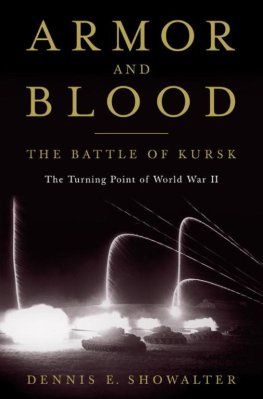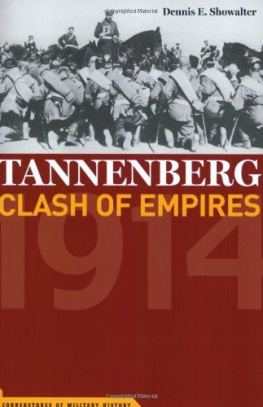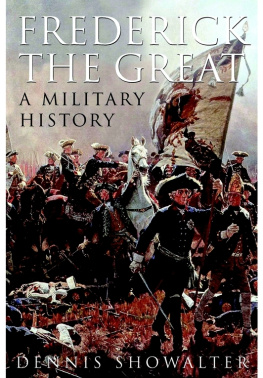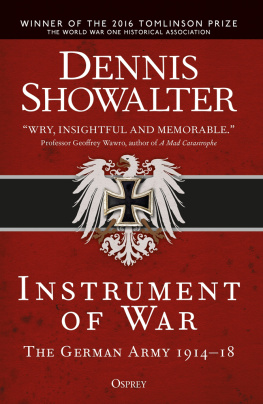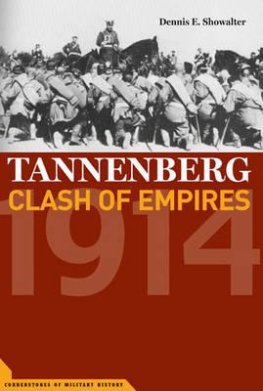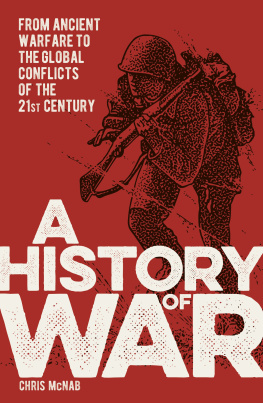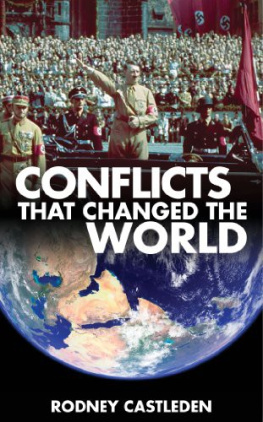THE ENCYCLOPEDIA OF WARFARE
MODERN WARS
1945PRESENT

This digital edition first published in 2013
Published by
Amber Books Ltd
7477 White Lion Street
London N1 9PF
United Kingdom
Website: www.amberbooks.co.uk
Appstore: itunes.com/apps/amberbooksltd
Facebook: www.facebook.com/amberbooks
Twitter: @amberbooks
Publishing Manager: Charles Catton
Project Editors: Sarah Uttridge and Michael Spilling
Design Manager: Mark Batley
Design: Colin Hawes, Andrew Easton and Rick Fawcett
Cartographer: Alexander Swanston at Red Lion Media
Consulting Editors: Marcus Cowper and Chris McNab
Proofreader: Alison Worthington and David Worthington
Indexers: Malcolm Henley, Michael Forder and Penny Brown
With thanks to Patrick Mulrey, Ben Way and Martin Dougherty
for their assistance
Copyright 2013 Amber Books Ltd
ISBN: 978-1-78274-129-9
All rights reserved. With the exception of quoting brief passages for the purpose of review no part of this publication may be reproduced without prior written permission from the publisher. The information in this book is true and complete to the best of our knowledge. All recommendations are made without any guarantee on the part of the author or publisher, who also disclaim any liability incurred in connection with the use of this data or specific details.

www.amberbooks.co.uk
Titles available in the Encyclopedia of Warfare series:
Ancient Wars
c.2500BCE500CE
Medieval Wars
5001500
Early Modern Wars
15001775
Revolutionary Wars
1775c.1815
Imperial Wars
18151914
World Wars
19141945
Modern Wars
1945Present
CONTENTS
MAPS
FOREWORD TO THE SERIES
by Dennis Showalter
The Encyclopedia of Warfare offers five characteristics justifying its possession. First, it is chronological. Its entries reflect a fundamental characteristic of history. History is linear. It starts somewhere in time. It goes somewhere in time. Its events interact in a temporal context. And the encyclopedias chronological perspective enables making connections that otherwise might remain obscure. It contextualizes, for example, the 1147 siege of Lisbon with the Crusader-Turkish wars of the same period and in the process demonstrating the comprehensive aspect of ChristianMuslim rivalry. Lisbon was far from Jerusalem only in terms of miles.
The encyclopedia is also comprehensive. It eschews a Western-centric perspective that too often sacrifices understanding for familiarity. The chronological chapters are subdivided by time and place. Thus they integrate the ancient wars of China and of South and South-East Asia, the battles of early Rome and those of Ireland in the twenty-fifth century BCE (a single entry, to be sure, but meriting consideration!) Cross-referencing cannot be easier. And that cross referencing enables not merely juxtaposition, but comparison on a global scale of wars methods and wars consequences.
The encyclopedia is concise. Its entries honour a time-tested formula. They address who, what, when, where, why, and thereby offer frameworks for further investigation of taproots and ramifications. But that does not mean a one size fits all template. Events recognized as important Hattin, Gettysburg, the Somme are more fully developed without distorting the essentially economical format. Nor are the entries mere narratives. They incorporate analytical dimensions relative to their length and insightful whether phrases, sentences or paragraphs like the comment that Crusader Jerusalems 1187 surrender to Saladin involved ransoming most of the population at reasonable rates!
The encyclopedia is user-friendly and clearly written. Not only are its more than five thousand entries individually intelligible. The graphics synergise with the text, enhancing rather than challenging or submerging it. The maps in particular are models of their kind, both accurate and informative.
Finally the encyclopedia is concentrated on warmaking. It eschews military historys framing concepts, whether economic, cultural or gender, in favour of presenting war at its sharp end. That enables covering the full spectrum: wars and revolutions, campaigns and counter-insurgencies, battle and sieges. And in turn the encyclopedias format facilitates integrating, rather than compartmentalising, wars levels and wars aspects. In these pages Marathon and Hastings, the rise of the Roman Empire and the British Empire, become subjects for comparison and contrast.
The Encyclopedia of Warfare, in short, admirably fulfills the definition of a work that provides information on many elements of one subject. Its value, however, is also in context. This work makes broader contributions to military historys reference apparatus, and to its reference mentality, on two levels. The encyclopedia complements the electronic eras meme of six degrees of separation. The idea that everything is no more than six steps away from everything else is a natural byproduct of websurfing, where a half-dozen mouse clicks can lead far away indeed from the original reference point. It also encourages diffusion: engagement on peripheries at the expense of the centre.
The Encyclopedia of Warfare encourages and facilitates refocusing on wars essential elements: the planning, conduct and result of using armed force. Diffusion is a natural aspect of the currently dominant approach to military history as an academic discipline. The concept of pivotal events has been overshadowed by an emphasis on underlying structures: reaching out from the operational towards the institutional, the political and the social dimensions. Wars sharp end at best jostles for place. It can lose out to an intellectual disdain that is also aesthetic and moral. Warfare, in the sense of making war, is arguably to the twenty-first century what sex allegedly was to the Victorians. It involves emotions nice people do not feel and actions nice people do not perform. Writing about it becomes the new pornography, pandering to appetites best left neither nurtured nor acknowledged.
The encyclopedia contributes balance and perspective to this discourse. Its contents reinforce the specific, unique nature and function of armed forces compared to any other institutions. Its entries demonstrate that warmaking has had a direct, significant impact on human affairs; that combat has fundamentally altered historys course in both short and long terms. To understand this is to understand the world in which we live. And The Encyclopedia of Warfare enables that understanding in an impressive fashion.
DENNIS SHOWALTER
June 2013
Modern Wars 1945Present
Even as the last shots of World War II were being fired, new conflicts were springing up around the globe.The wars that followed 1945 ranged from minor insurgencies through to full-blown conventional conflicts, and they have changed the political and social map of the world while creating millions of casualties and refugees.
Chinese Civil War 194549
SHANTUNG, 10 SEPTEMBER12 OCTOBER 1945
Shanxi, in central Chinas mountainous north-west, had been a centre of communist power before the Second Sino-Japanese War. With the surrender of Japan in 1945, the region became the scene of renewed hostilities with the government. In the autumn, 35,000 Guomindang government troops, under warlord Gen Yan Xishan, attacked the Peoples Liberation Army (PLA) stronghold in the Shangdang Prefecture of southern Shanxi. More than 80,000 communist soldiers, including 50,000 militiamen loyal to Liu Bocheng, confronted the government army. Well armed, the nationalists seized Changzhi city, but could not dominate the surrounding countryside. For their part, the communists could not penetrate the citys defences. The campaign stalemated until the nationalists,under Shi Zebo,attempted a breakout and were defeated at the Peach river. Both sides had approximately 4000 troops killed, although the communists captured more than 30,000 government troops.


